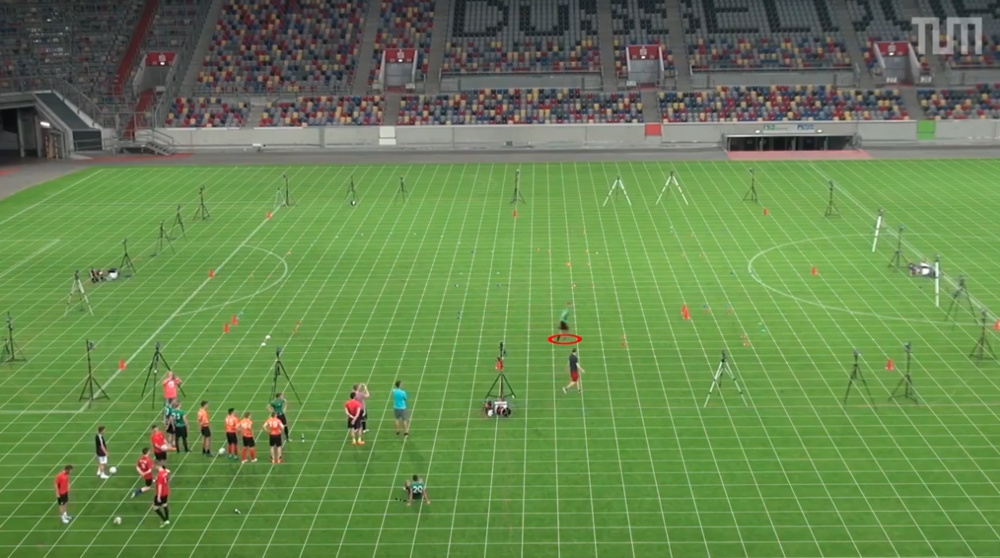
In football, free kicks happen when the arbitrator accepts a standard has been broken. If focal enough and inside 30 meters from the objective, the assaulting group ordinarily endeavors an immediate shot on the objective. Nonetheless, the goalkeeper regularly puts a "divider" of guarded parts in the middle of the ball, and the objective to confound the kicker's undertaking of shooting on track. NFL Free Picks While this procedure is regularly powerful, the divider often discourages the goalkeeper's underlying perspective on the moving ball. Even though the negative impacts of this impediment have been accepted by specialists, they had not been experimentally evaluated as of not long ago. To do such, our group made a goalkeeping test system utilizing computer-generated reality. The two eyes see the world from marginally alternate points of view, which gives us our 3D vision. Augmented reality makes the feeling of seeing a 3D world by introducing unmistakable pictures to the two eyes utilizing a head-mounted presentation.
Key impacts of the divider
In our investigation unmistakably discouraging the underlying perspective on the ball influences the goalkeeper. At the point when the ball comes into seeing later, moving at first behind the divider, goalkeepers begin moving later, allowing for them to get this show on the road among ball and objective. Without a divider the goalkeeper can get their hands nearer to the ball, bringing about a larger number of recoveries than with a divider. We found that the divider was more advantageous for quicker free kicks, and with the expectation of complimentary kicks that require the development of the goalkeeper's entire body. The impacts were steady and are probably going to be more considerable in a reality where free kicks warrant bigger developments of the goalkeeper and where a divider likewise incompletely conceals the kicker (even though a kicker did not appear in this adaptation of our test system). In any case, we would surely not propose goalkeepers never utilize a divider again.
Misusing the cautious divider
Profiting by our discoveries requires an information-driven methodology. Goalkeepers and mentors would have to gauge the chances that the kicker shoots into the divider against the improved presentation from the goalkeeper having the option to see the whole ball flight. The first might be assessed from memorable figures for each free-kick taker; the last requires tests on the field or tests utilizing a computer-generated experience test system. A factor we didn't address is how the divider may go about as a kind of perspective for the kicker's point. Master kickers have been accounted for to point their shots over a particular player's head. Without a divider, this reference point would not be there, which could contrarily influence their kick. Then again, the nonappearance of a divider takes into account more enthusiastically and lower shots, which some contend would make free kicks much harder to stop. Our examination affirms that a goalkeeper's capacity to stop a free kick is ruined by visual obstacles brought about by the guarded mass of players - an impediment that groups have been abusing in free-kick situations throughout the long term.
Also read about:
How to Save Money When Shopping for Tech Gadgets
Frequently Asked Questions On Six Sigma Methodology
Your Go to PPC Tools and Software for 2021


